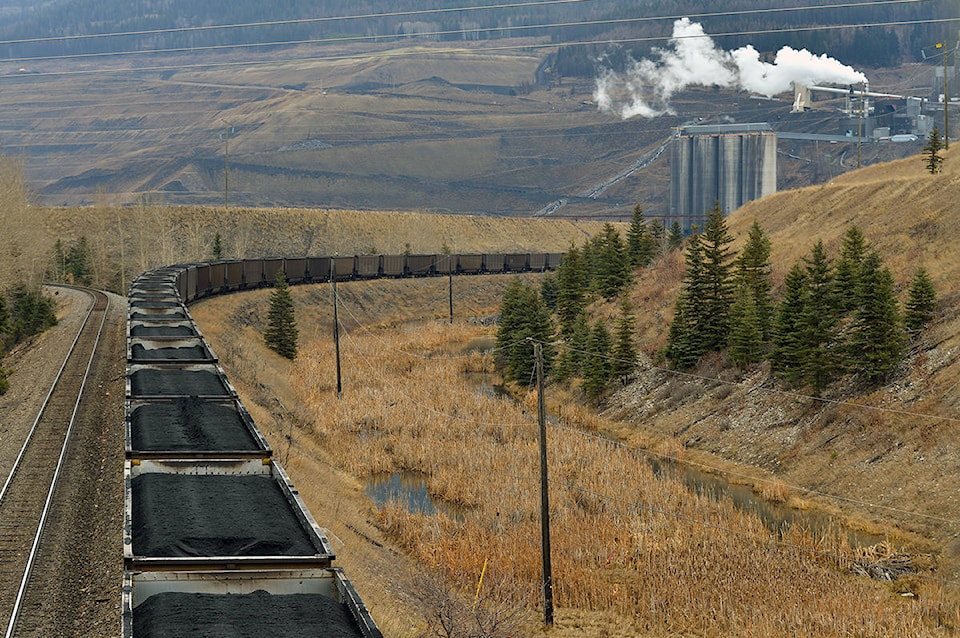By James Snell - reporter@thefreepress.ca
Moodys, one of the world’s largest credit rating agencies, has downgraded the outlook for thermal North American coal from ‘stable’ to ‘negative’. The 12-18 month projection suggested problems with reduced demand, profitability, and low export prices.
Moody’s price-range for coal exports is unchanged: $60-$90/metric tonne for Newcastle thermal coal and $110-$170/metric tonne for high-quality metallurgical coal.
In March 2019, Bloomberg reported, “China remains key to the outlook for the thermal coal market but ongoing policy uncertainty is keeping miners on edge and forecasters guessing about what’s next from the world’s biggest coal consumer.”
According to Statistics Canada, Canadian coal production in 2018 was 62.3 million tonnes – worth approximately $7.5 billion. Canada exported 34 million tonnes and imported 7.6 million tonnes. Canada is the world’s third largest exporter of metallurgical coal, after Australia and the United States. Alberta and British Columbia produce 85 per cent of Canada’s coal.
Chris Stannell, Public Relations Manager with Teck Resources, said the outlook for local mines is good.
“This [Moody’s] sector outlook refers to the thermal coal market, which is coal used for energy generation,” he said. “This does not relate to Teck or our operations in the Elk Valley, as we produce steelmaking coal, which is used in the production of steel.”
Stannell added, “Looking at steelmaking coal, demand for seaborne steel making coal was strong through the second quarter, supported by continued steel-capacity growth in India and Southeast Asia, and the relocation of steel production to coastal areas in China.”
Matt Preston, Research Director – North America Thermal Coal Markets at Wood Mackenzie said that thermal coal markets are in “structural decline” while the metallurgical coal market has a more positive outlook.
“The price of natural gas is low,” he said. “That means the demand for thermal coal has dropped off. However, the metallurgical coal market is more dependent on economic activity and manufacturing.”
The Wood Mackenzie website stated that “The coal market has entered an extremely volatile period after years of oversupply, slowing capital investment and weak global demand. The impact of Chinese policy on its large domestic industry has caused a rollercoaster effect in the smaller seaborne market. Metallurgical coal prices were particularly affected - thermal coal prices less so, but Chinese policy was still a significant influence.
“In a market environment such as this, it’s more important than ever to stay ahead. But how can you interpret demand sustainability when competition with other fuels is a key factor? And how can you maximize the return from your investments in the coal industry when it has been downsizing?”
